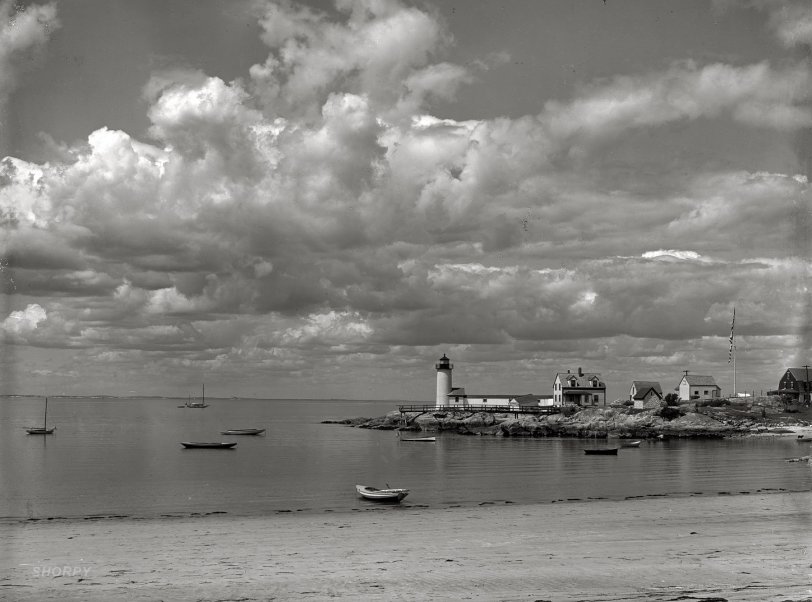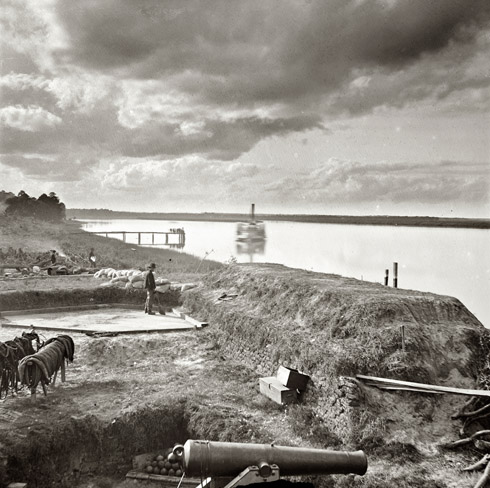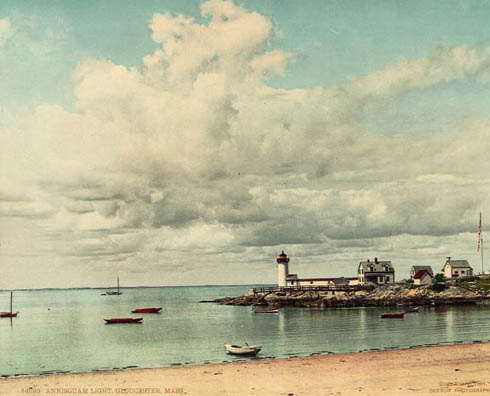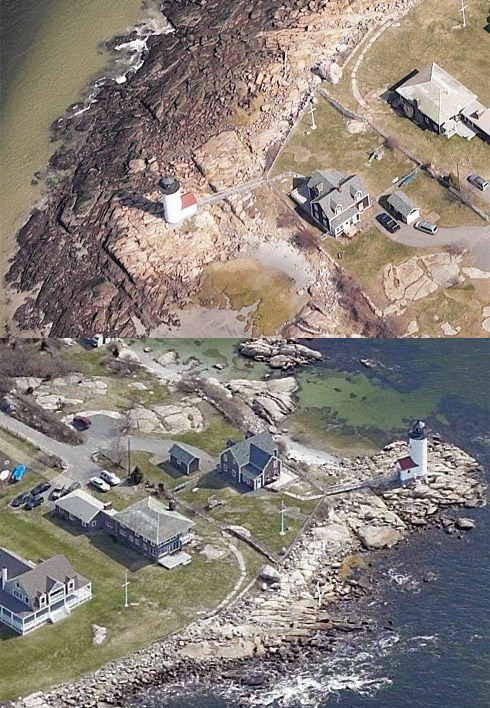


Framed or unframed, desk size to sofa size, printed by us in Arizona and Alabama since 2007. Explore now.
Shorpy is funded by you. Patreon contributors get an ad-free experience.
Learn more.

- Details, Details
- What's that building to the left of the tower?
- Coal Barges
- Bromo-Seltzer
- Inner harbor
- The Basin
- What a headache!
- Giant stepladder?
- Baldwin 62303
- Baldwin VO-1000
- Cold
- No expense spared
- Tough Guys
- Lost in Toyland
- And without gloves
- If I were a blindfolded time traveler
- Smoke Consumer Also Cooks
- Oh that stove!
- Possibly still there?
- What?!?
- $100 Reward
- Freeze Frame
- Texas Flyer wanted
- Just a Year Too Soon
- WWII -- Replacing men with women at the railroad crossing.
- Yes, Icing
- You kids drive me nuts!
- NOT An Easy Job
- I wonder
- Just add window boxes
Print Emporium
Annisquam Light: 1910

Circa 1910. "Annisquam Light. Gloucester, Massachusetts." Detroit Publishing Company glass negative, Library of Congress. View full size.
A five minute exposure
I appreciate the opportunity to understand these pictures. The image from Nashville is a long exposure, perhaps 5 minutes, perhaps more. What you have in the Annisquam Light is an almost instantaneous exposure that also has deep depth of field. And, in addition, there is the fleecy and round character of the clouds. There is no way to get there without a film emulsion that records all of the spectrum of light, which is what panchromatic emulsions did. I categorically state that you will not find another image that has all of these characteristics. And therefore, the description is wrong.
[Exposure times for outdoor glass plate photography in the 1860s were measured in seconds, not minutes. Below, an 1864 glass negative by Samuel Cooley, which, judged by the passage of the boat, couldn't have been exposed more than a few seconds. "Film emulsion" wouldn't enter into the discussion -- no film was used the the making of this picture; film didn't even exist during the Civil War. The lighthouse photo didn't use film, either. Taken by William Henry Jackson, it was the basis for this photochrom postcard dated 1904. - Dave]
Sui generis
There is not another example on Shorpy of an image showing such detail in the skies in 1910.There has to be an explanation for this rather than just citing the LOC.
[There are more than a few, actually. The clouds that do show up tend to be low in the sky, as they are here. (Below, Nashville in 1864; click to enlarge.) Because the old emulsions were more sensitive to short (ultraviolet and blue) wavelengths than modern panchromatic b&w emulsions, high clouds tended to register only faintly, and 19th-century skies as depicted in photographs tend to be rather featureless and overexposed-looking. That's only a general rule, though. There are plenty of exceptions. - Dave]
Gone Fishin
I see lots of boats but no people in them. What's going on?
[There's a man rowing in the boat next to the rocks. As for the rest, little boats are like bicycles. They spend most of their time not being used. - Dave]
Film or plate?
I probably didn't make the point carefully enough, but I don't think there were panchromatic "plates" - there was only panchromatic film to my knowledge. Maybe someone else knows more about that. I note in a later post that the "negative" was inadvertently reversed. I'm not sure of the process here where a "negative" is used for the scan or a plate.
[Like it says in the caption under the photo, this image was made from a glass-plate negative. - Dave]
It's still there.
The lighthouse is still there (Wigwam Point, MA) but the photo is a reversed mirror image. The pier is gone and some other changes have been made through the years, but not much has changed at Wigwam Point.
[Your are correct. Maybe someone put the negative in the scanning frame backward when it was digitally imaged. In any case I've flopped it back again to conform with reality. - Dave]
Still looking good
Re: Panchromatic film
I've been following a the comments here for about a year now, and it always tickles me when the supposedly knowlegeable people expounding on this or that aspect of photography back in the Civil War era or early 1900s keep referring to "film."
Panchromatic film
The dramatic skies are unusual for photos of this age. Most, if not all, of the emulsions used by photographers was orthochromatic (sensitive to blue and green light). It is true that panchromatic dyes were invented in 1904 (sensitive to all colors including red). And apparently this photographer had the red or orange filter necessary to make such dramatic skies. Alternatively, the picture has the wrong date. The other question is the relatively high ISO that allowed for a fast shutter speed and great depth of field. Aside from those puzzles it is a wonderful image.
[This photograph was made on glass, not film. - Dave]




























On Shorpy:
Today’s Top 5